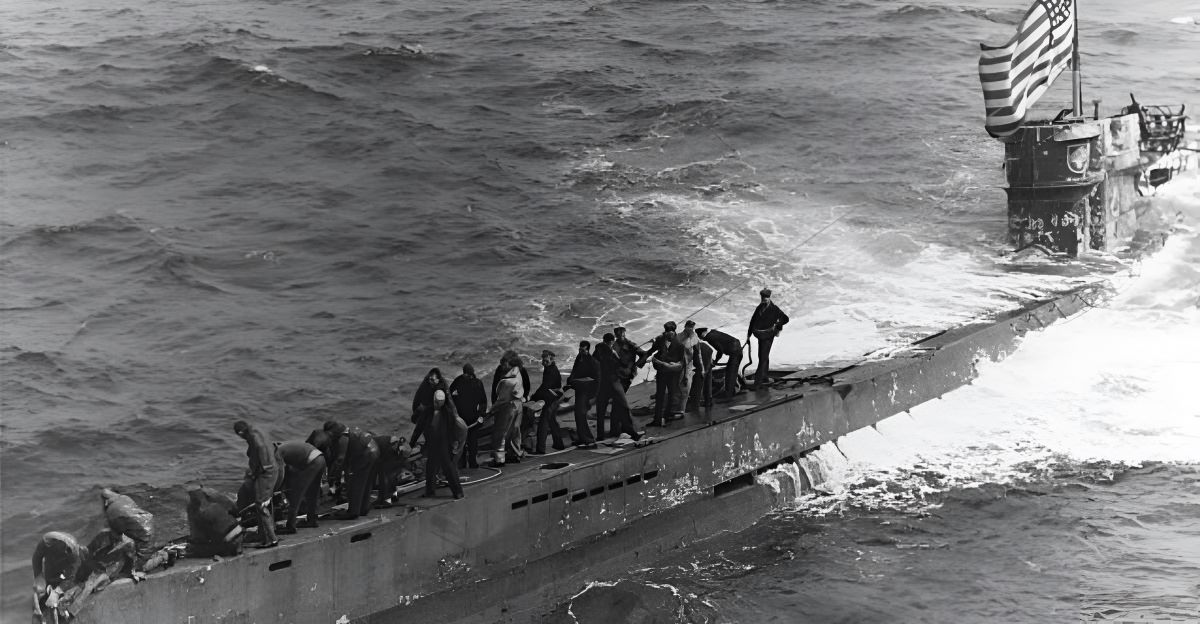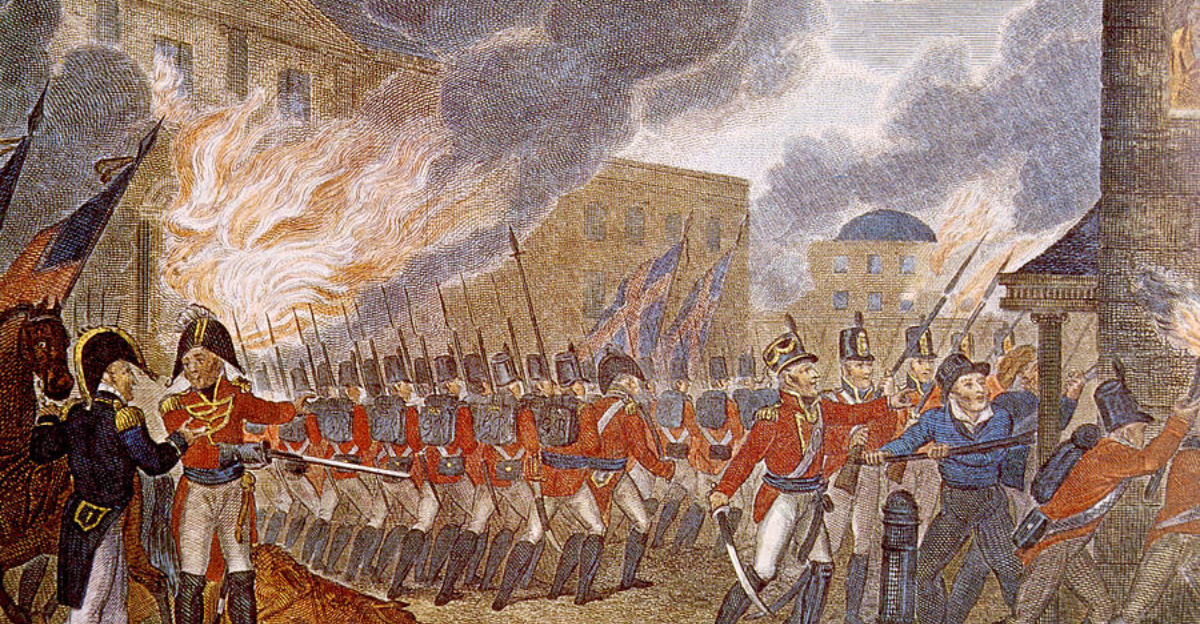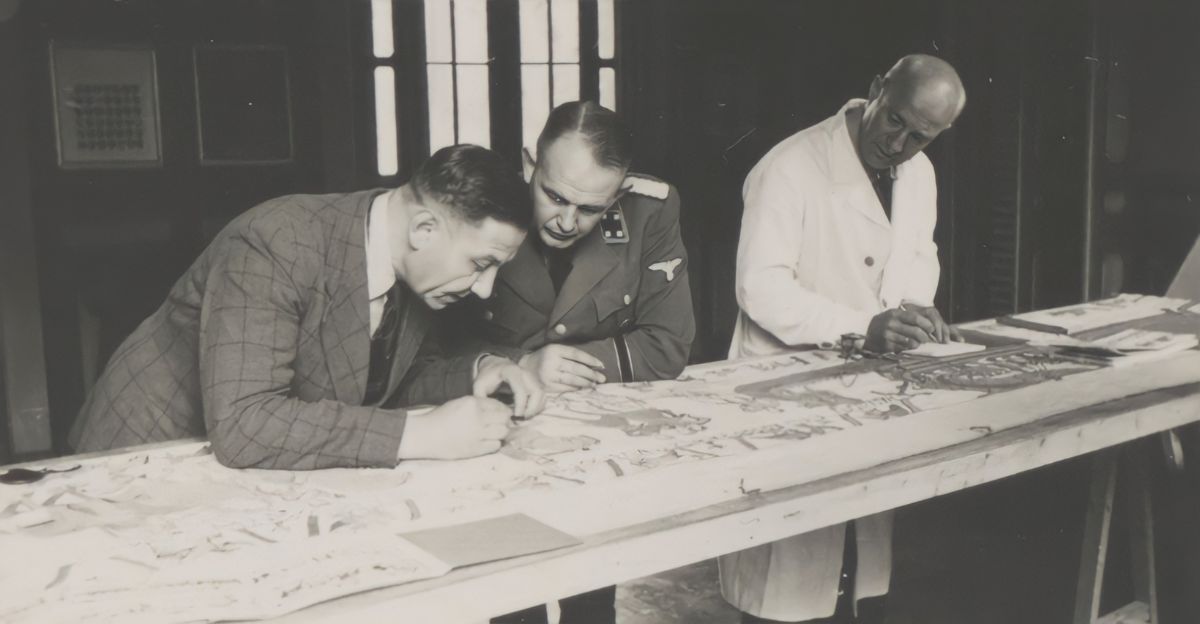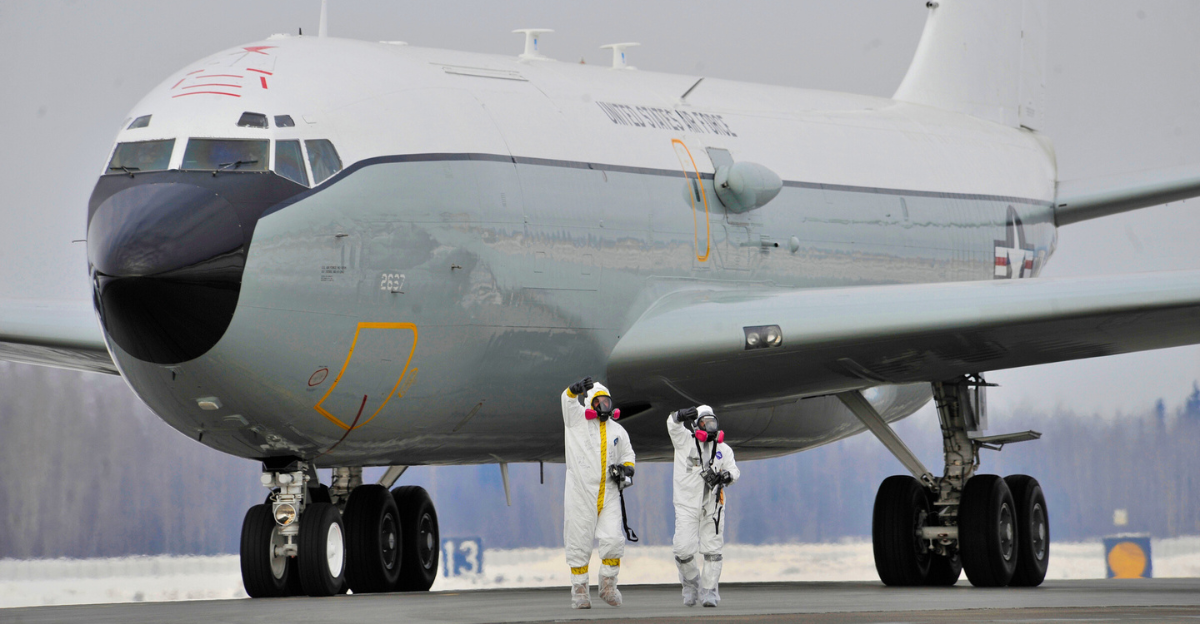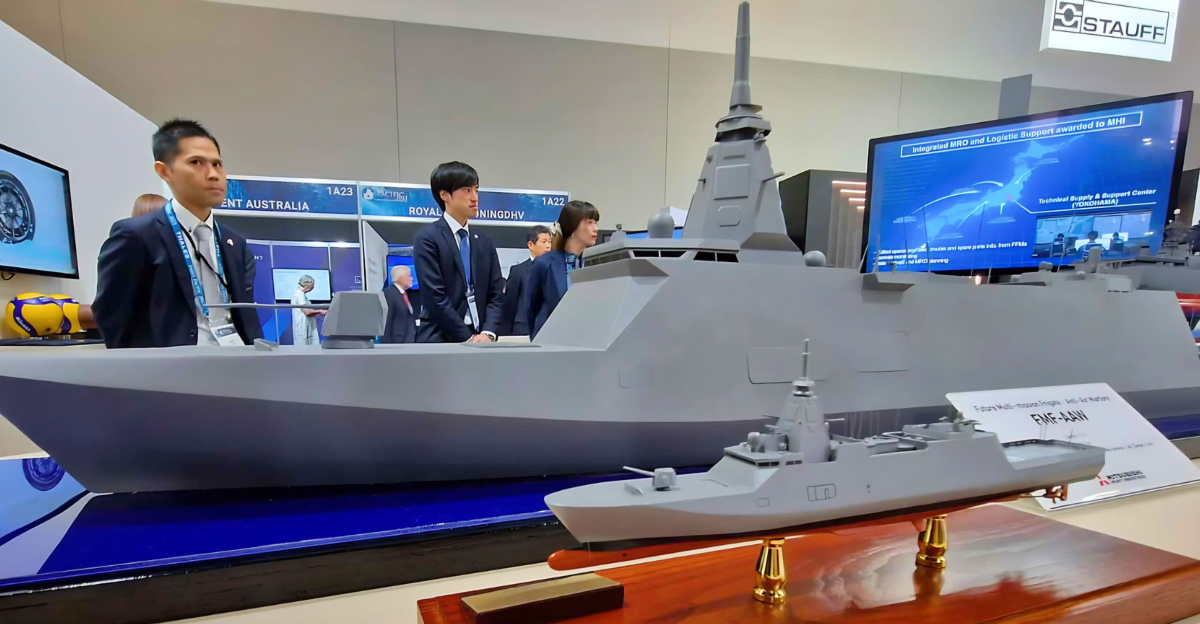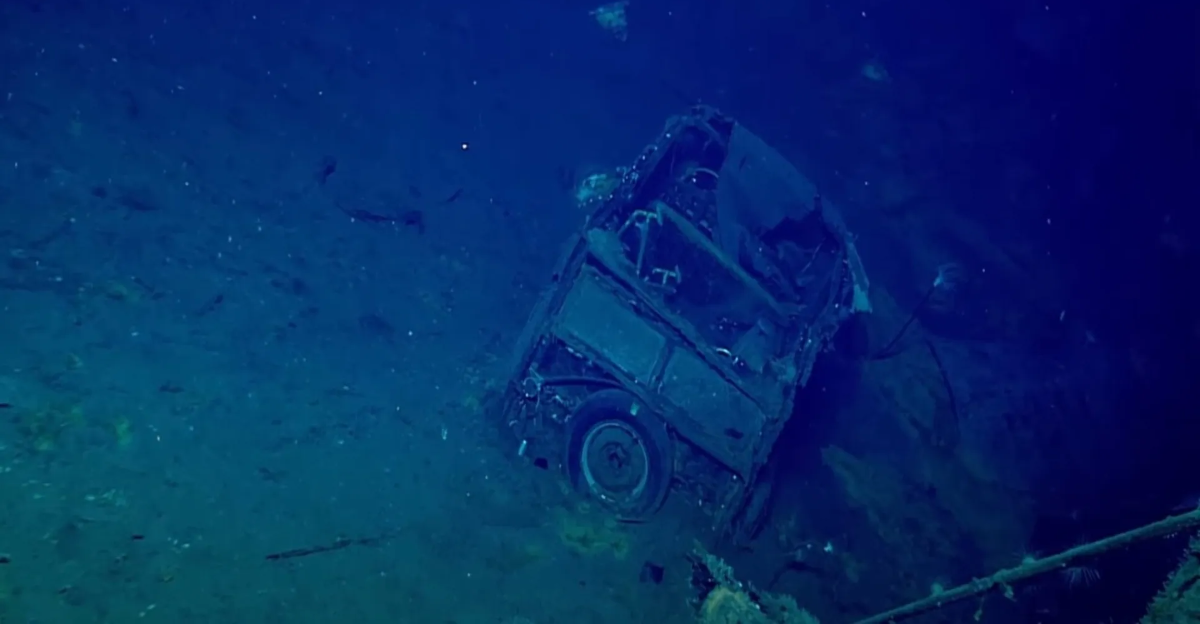
In April 2025, a team from NOAA made an unexpected find while exploring the wreck of the USS Yorktown, a U.S.
Navy aircraft carrier that sank during World War II. Deep inside the ship’s submerged remains, a vehicle was spotted. One that doesn’t belong on a warship at all.
The team captured clear images of what looks like a civilian car sitting on the hangar deck, almost untouched for over 80 years.
What was it doing there? Why was it never documented? And could it reshape part of what we thought we knew about the Yorktown’s final days?
The Mission That Sparked It All

The find occurred during a NOAA expedition named “Beyond the Blue,” which focused on mapping and exploring parts of the Pacific near the Papahānaumokuākea Marine National Monument.
This area includes the final resting place of many WWII-era vessels. The team deployed remotely operated vehicles (ROVs) to investigate shipwrecks, one of which was the famed USS Yorktown.
Why the Yorktown Still Matters
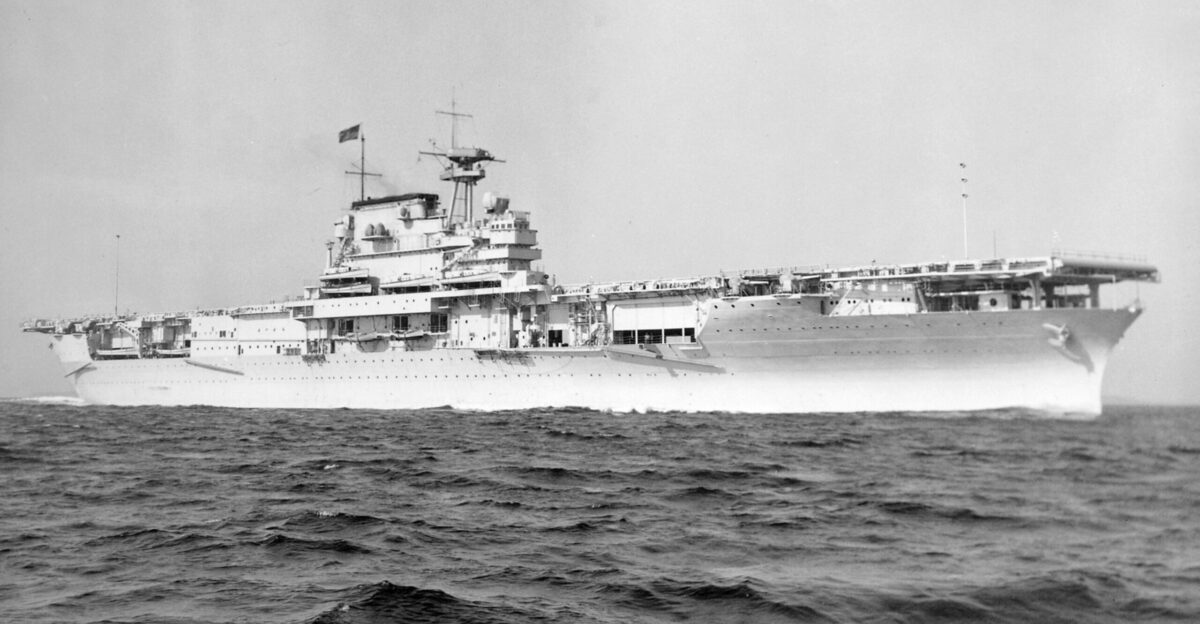
The USS Yorktown (CV-5) holds historical weight. The aircraft carrier was commissioned in 1937 and played a vital role in World War II, especially during the Battle of Midway.
Its loss marked a turning point in the war. Yet decades later, it’s still revealing new secrets, suggesting we may not fully understand everything that happened in its final hours.
A Quick History of the Yorktown
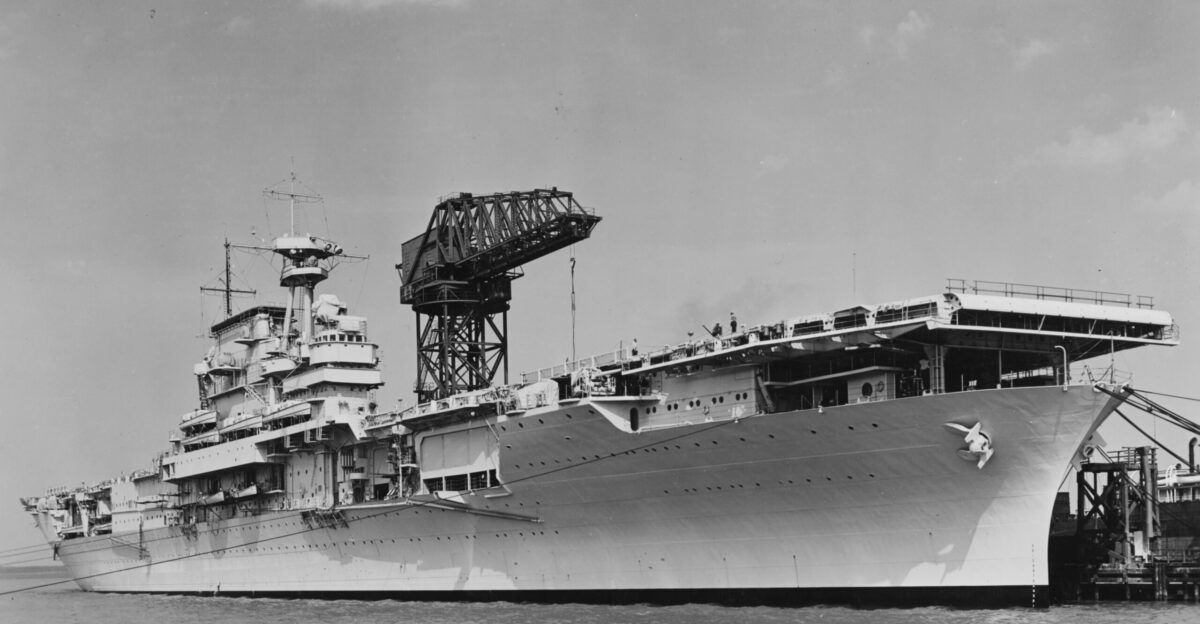
Built in Newport News, Virginia, and launched in 1936, the Yorktown could carry more than 2,000 crew and nearly 90 aircraft.
It earned three battle stars before being severely damaged at Midway. The ship eventually sank on June 7, 1942, after sustaining torpedo damage from a Japanese submarine, ending its service but beginning its legacy.
The Battle of Midway: A Turning Point

Fought just six months after Pearl Harbor, the Battle of Midway was a crucial U.S. victory. Yorktown played a central role by helping sink Japanese carriers.
Despite sustaining major hits, the crew kept her afloat for days. But a final attack from a Japanese sub sealed her fate, and she was lost beneath the Pacific.
How the Wreck Was Found
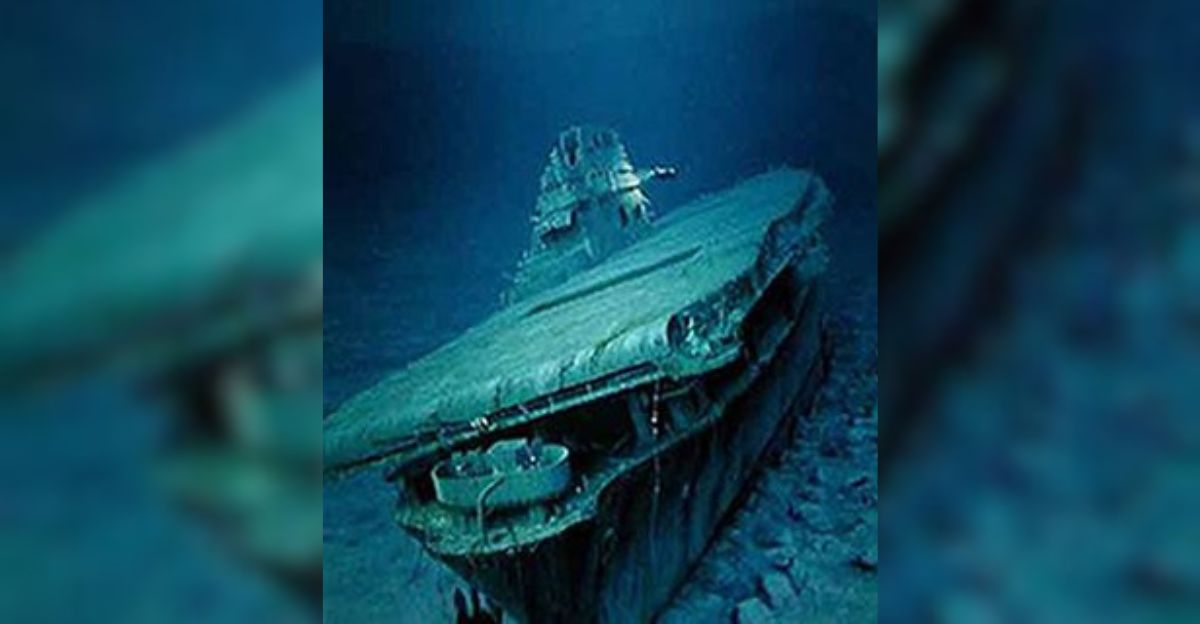
The Yorktown lay hidden for over five decades. In 1998, Robert Ballard—known for discovering the Titanic—located the wreck roughly 16,000 feet underwater.
Multiple teams have since revisited it, including the Ocean Exploration Trust in 2023. NOAA’s 2025 mission, however, brought the most surprising find to date: something never previously recorded.
ROVs Spot Something Unusual
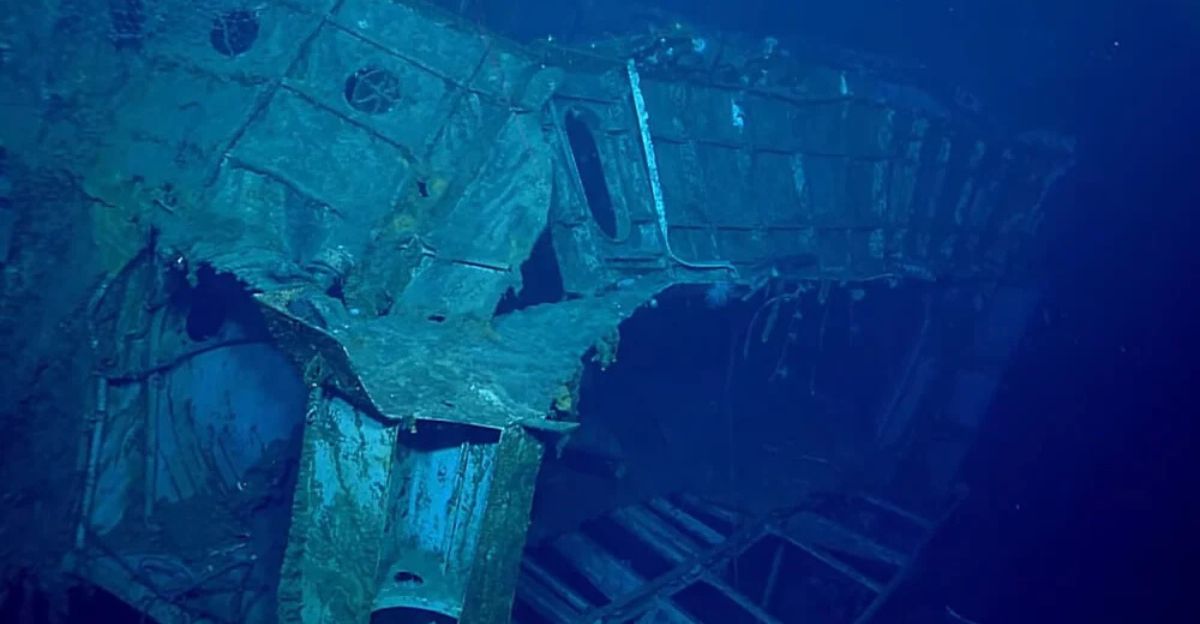
While guiding an ROV into the ship’s third elevator shaft, operators noticed a strange object on the hangar deck.
At first, it looked like wreckage. But as they got closer, features became clear: curved fenders, a square rear, a partially intact frame, and flashes of chrome. It was a car.
A Civilian Car, Not Military Gear
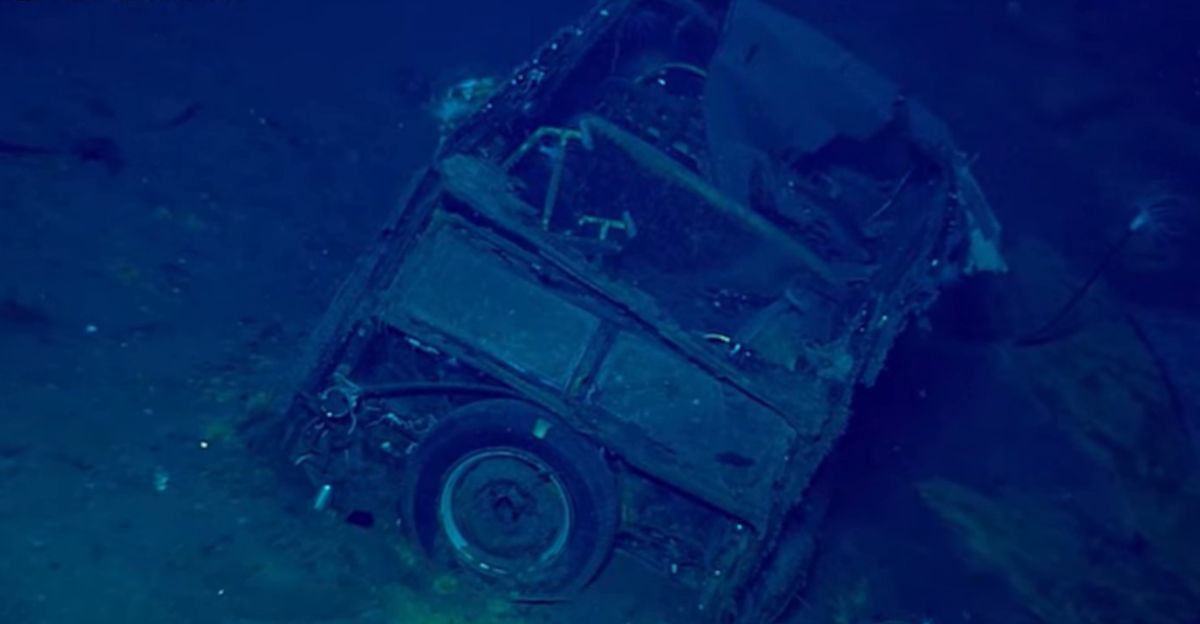
The car didn’t resemble any wartime vehicle. Experts noted that it had wooden paneling, a shredded soft top, and civilian-style chrome bumpers.
All signs pointed to a classic 1940s-era design, possibly a Ford Super Deluxe “Woody”, a wood-bodied station wagon popular in pre-war America. Its presence inside the Yorktown raised serious questions.
Could It Be a 1940 Ford “Woody”?

Initial visual matches suggest it may be a 1940–41 Ford Super Deluxe station wagon. These models were rare and expensive at the time.
Used mostly by wealthier civilians or occasionally senior military officers, the car’s condition and design stood out against the rusting steel of the surrounding wreckage. It didn’t belong there, at least not obviously.
Was It the Admiral’s Car?
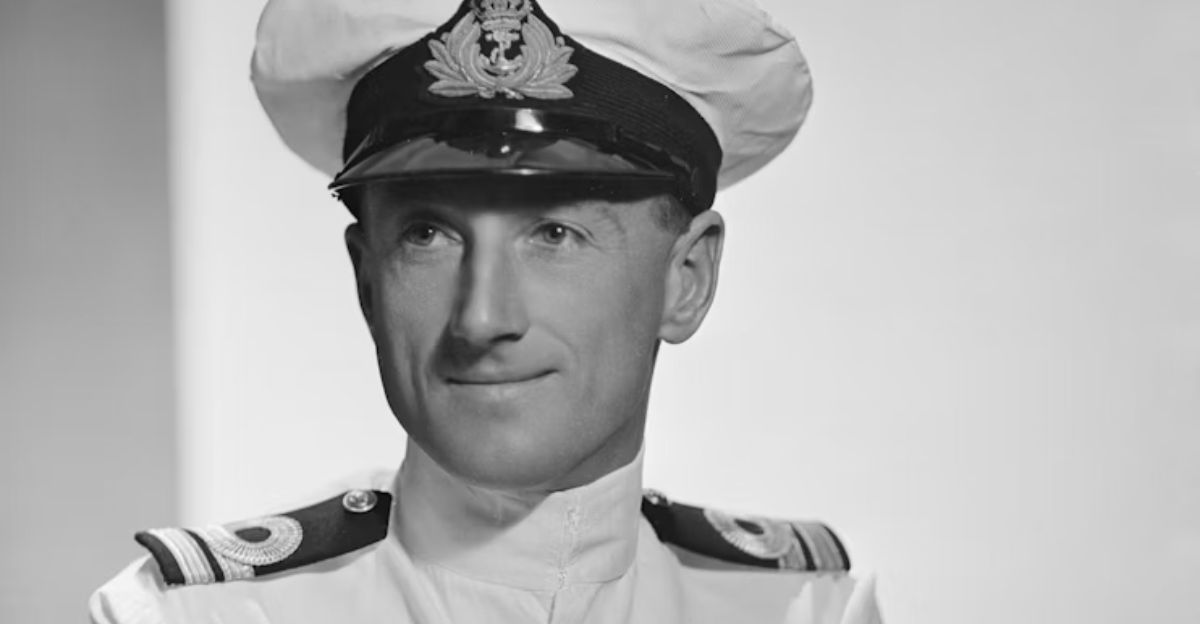
One theory is that the car belonged to Rear Admiral Frank Fletcher, who commanded the fleet during the Battle of Midway.
High-ranking officers sometimes transported personal or staff vehicles for use at Pacific island outposts. If true, the car may have been intended for shore use during stops or future land operations.
A Repair Job Gone Wrong?

Another possibility is that the car was already damaged, perhaps from earlier conflict like the Battle of the Coral Sea, and was being transported for repairs.
Aircraft carriers often served as floating workshops, equipped with extensive tools and personnel capable of mechanical fixes. It could’ve been an improvised solution in a time of war.
Not the First Bizarre Discovery at Sea
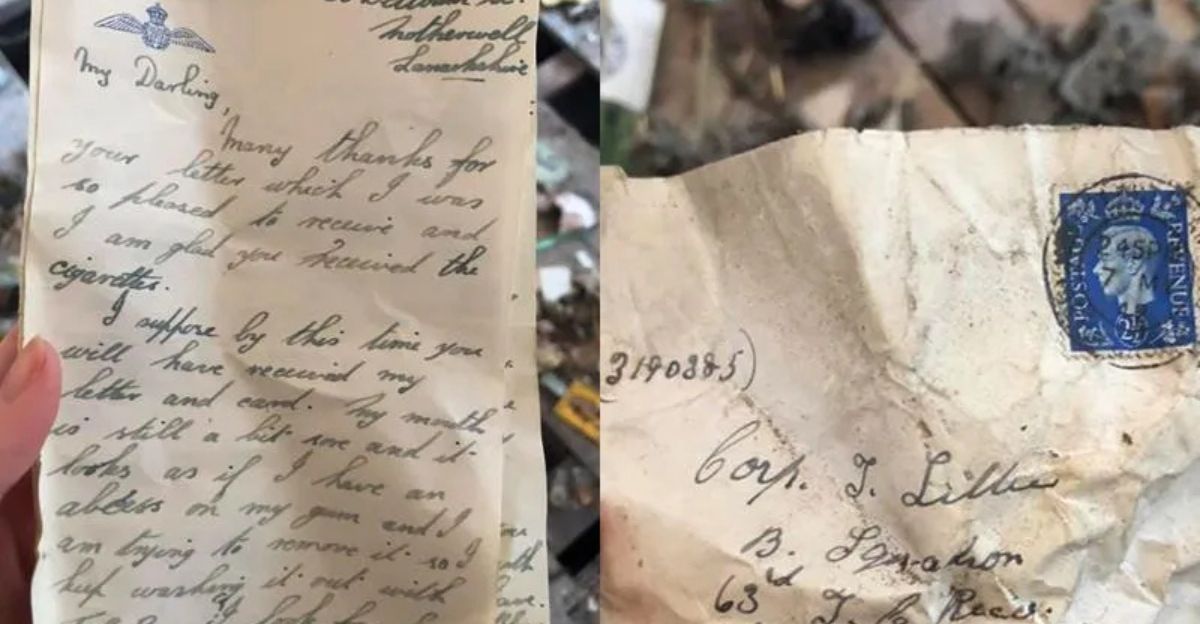
This is not the first instance of unexpected items appearing on shipwrecks. Previous missions have revealed cameras, love letters, and even musical instruments.
Nevertheless, a vintage civilian car in a WWII aircraft carrier is a more visually shocking and historically perplexing discovery in recent marine exploration.
Crowdsourcing the Mystery
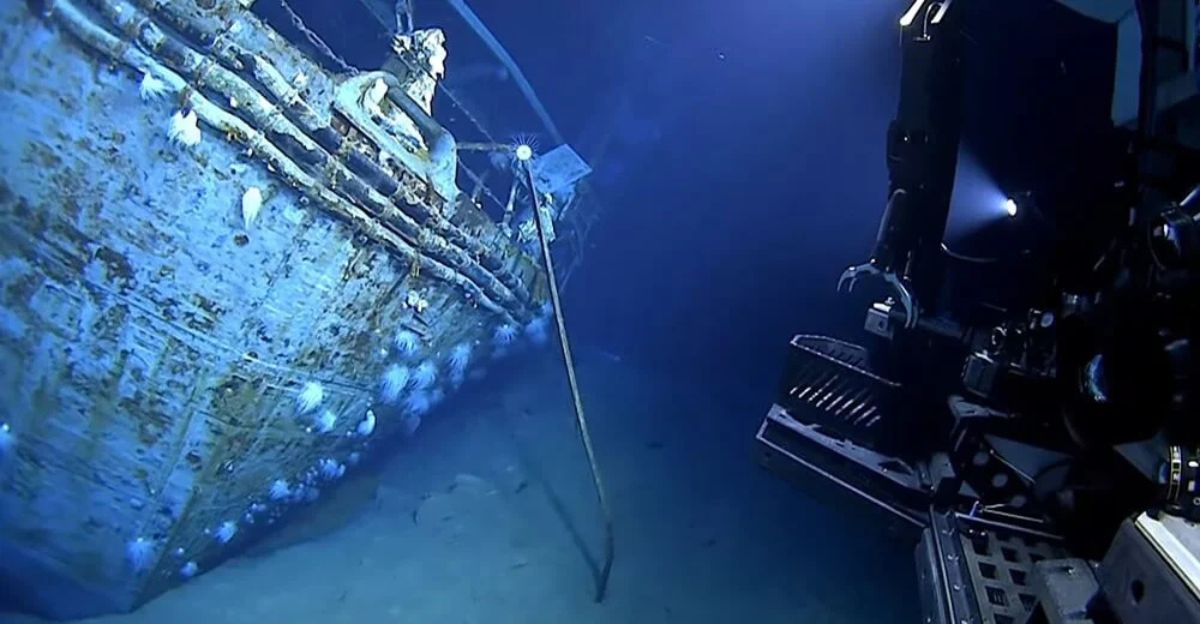
NOAA scientists requested the public’s assistance in the live-streamed dive. They welcomed car mechanics, historians, and enthusiasts to comment on the car’s make and model.
The video soon went viral on social media, with comments from WWII enthusiasts and classic car collectors eager to unravel the mystery.
What the Public Has Spotted So Far
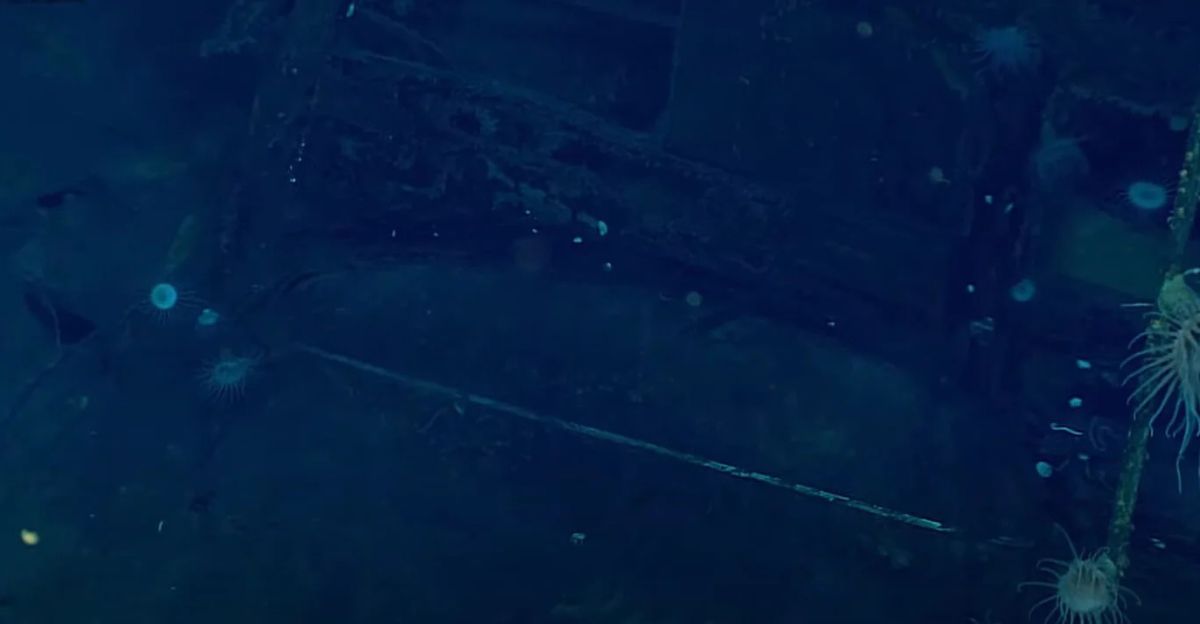
Viewers pointed out several identifying details: the front grille resembles early-40s Ford designs, and the curved body panels are consistent with the Super Deluxe line.
However, damage and marine growth obscure many features. Without physical recovery, definitive identification will be difficult. But digital reconstructions based on footage are already underway.
Why the Car Matters
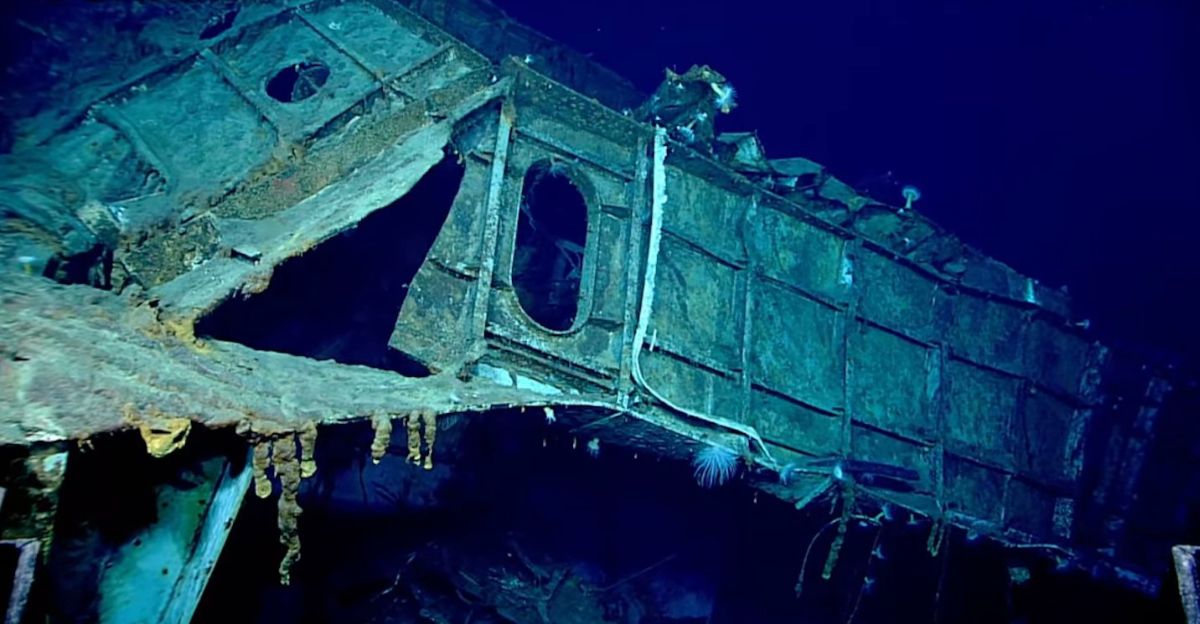
Beyond curiosity, this discovery could provide new insight into naval operations, personal logistics, and life aboard wartime vessels.
If the car belonged to a specific officer, it may offer a personal narrative buried in a story usually told through ships, battles, and dates. It’s an unexpected human detail from a massive war.
The Science Behind the Recovery
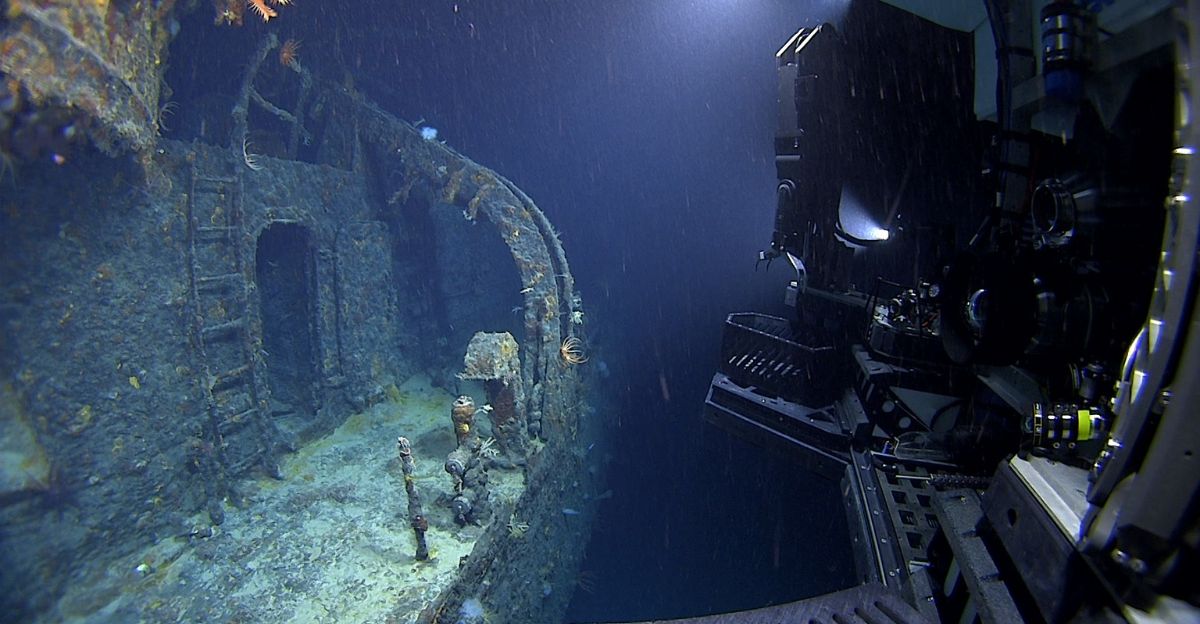
At present, NOAA has no plans to recover the car due to the depth and preservation concerns. The wreck is protected as a war grave.
Researchers are using high-resolution imaging, sonar, and photogrammetry to capture detailed views without disturbing the site. These visuals are helping to reconstruct the car and ship virtually.
Protecting the Site’s Integrity
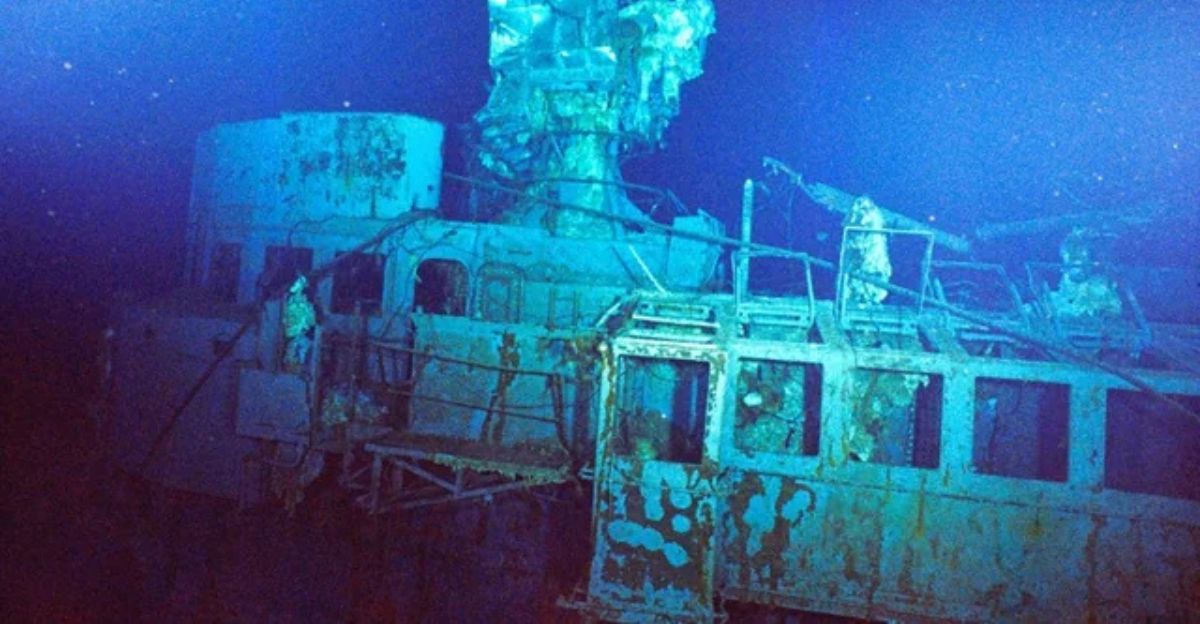
The Yorktown wreck is a U.S. military cemetery under international maritime law. That means no objects can be removed without authorization.
This protects the dignity of the fallen and ensures the site remains undisturbed for future study. All current research follows strict non-invasive procedures, prioritizing observation and documentation.
Continuing the Mission
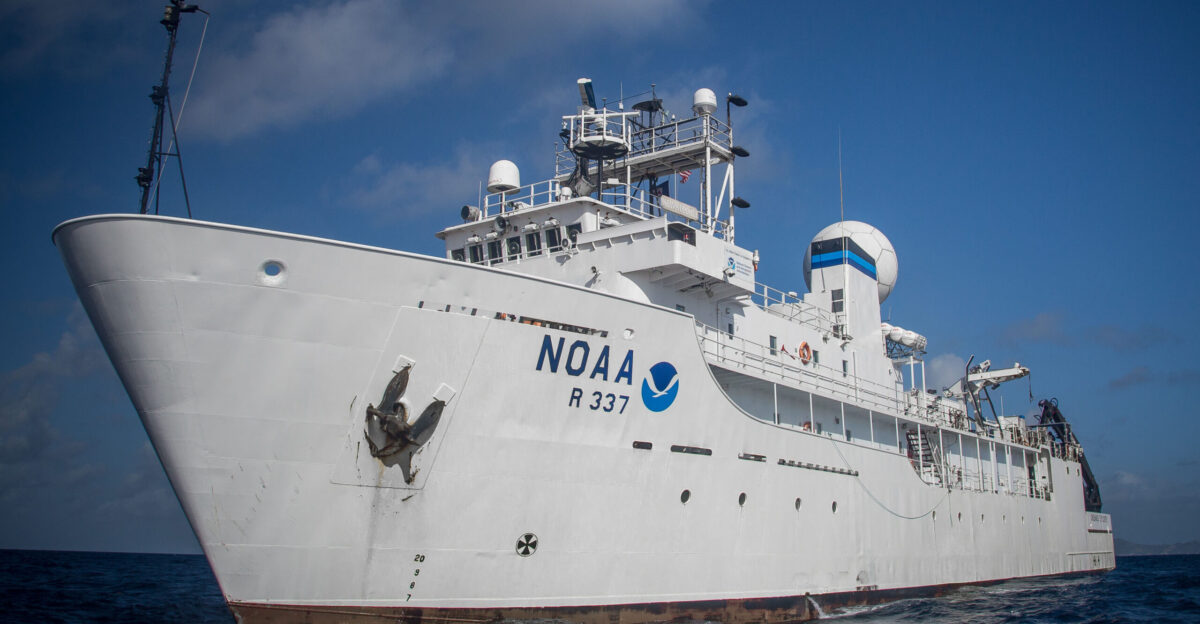
The “Beyond the Blue” expedition will continue mapping and exploring other regional wrecks. NOAA plans more dives, each one potentially uncovering new fragments of history.
As the technology improves, so does our ability to spot, identify, and understand artifacts that may have gone unnoticed in previous missions.
The Bigger Picture
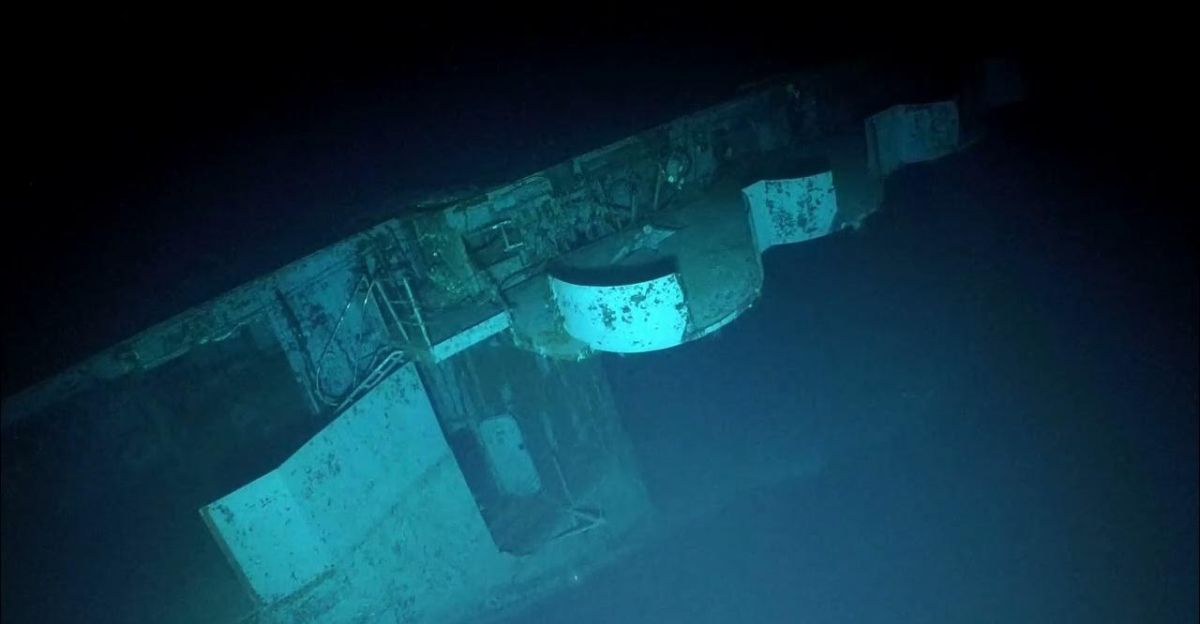
This discovery reminds us that history isn’t always fully written. Decades-old shipwrecks can still surprise us and teach us something new.
Whether it’s a rusting aircraft, a forgotten diary, or a wood-framed car deep beneath the sea, each piece adds to a fuller picture of the past, and the people who lived it.
What Happens Next

For now, the vintage car remains where it was found: quietly resting on the Yorktown’s hangar deck, shielded by saltwater and time.
NOAA will continue to analyze the footage and crowdsource knowledge. Whatever its origin, the car has already done something remarkable: it made the world pause and look at history again, but with fresh eyes.

